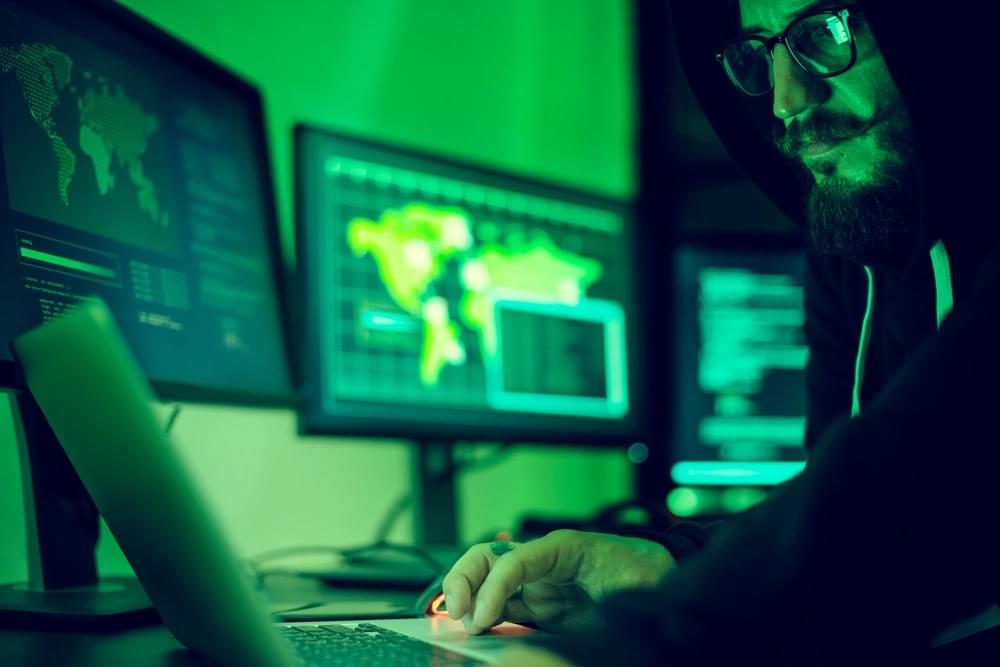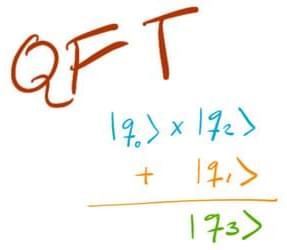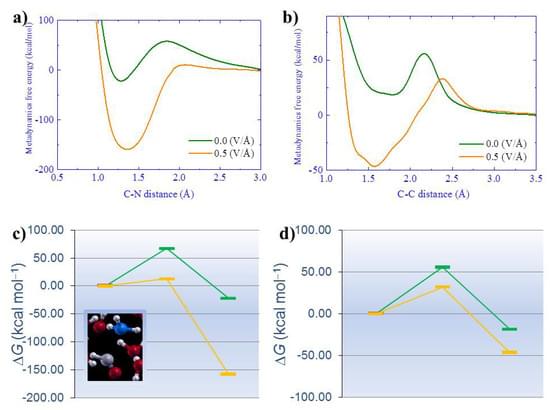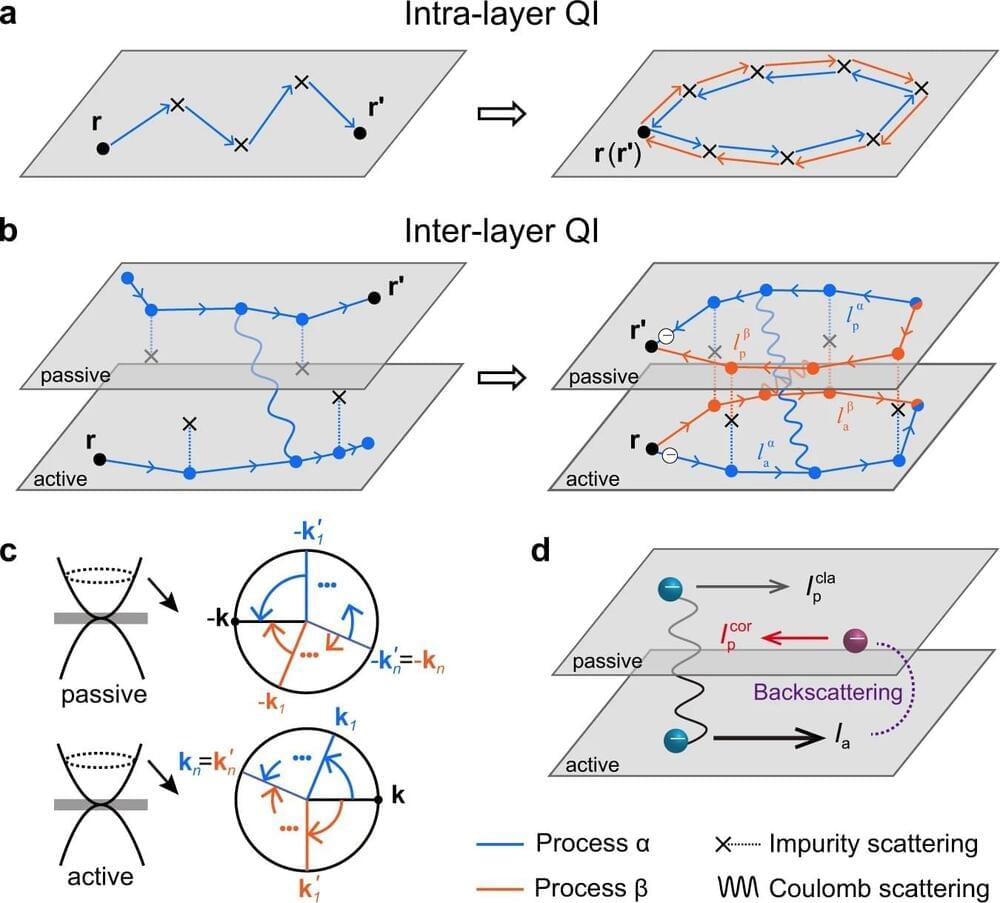Decide: mapping a path forward
Once you have put your organization in context and understood exposure to risk, the third step is making suggestions toward a response plan.


Shortly after Max Planck shook the scientific world with ideas about the fundamental quantization of energy, researchers built and leveraged theories of quantum mechanics to resolve physical phenomena that had previously been unexplainable, including the behavior of heat in solids and light absorption on an atomic level. In the 120-plus years since, researchers have looked beyond physics and used quantum theory’s same perplexing — even “spooky,” according to Einstein — laws to solve inexplicable phenomena in a variety of other disciplines.
Today, researchers at the Johns Hopkins Applied Physics Laboratory (APL) in Laurel, Maryland, are applying quantum mechanics to biology to better understand of one of nature’s biggest mysteries — magnetosensitivity, an organism’s ability to sense Earth’s magnetic field and use it as a tool to adjust some biological processes. And they’ve found some surprising results.
In a recent study, APL research engineer and scientist Carlos Martino and his APL colleagues Nam Le, Michael Salerno, Janna Domenico, Christopher Stiles, Megan Hannegan, and Ryan McQuillen, along with Ilia Solov’yov from the Carl von Ossietzky University of Oldenburg in Germany, found that an enzyme that plays a central role in human metabolism has some of the same key features as a magnetically sensitive protein found in birds.

Exciting.
The search for the chemical origins of life represents a long-standing and continuously debated enigma. Despite its exceptional complexity, in the last decades the field has experienced a revival, also owing to the exponential growth of the computing power allowing for efficiently simulating the behavior of matter—including its quantum nature—under disparate conditions found, e.g., on the primordial Earth and on Earth-like planetary systems (i.e., exoplanets). In this minireview, we focus on some advanced computational methods capable of efficiently solving the Schrödinger equation at different levels of approximation (i.e., density functional theory)—such as ab initio molecular dynamics—and which are capable to realistically simulate the behavior of matter under the action of energy sources available in prebiotic contexts.

Some classical computers have error correction built into their memories based on bits; quantum computers, to be workable in the future, will need error correction mechanisms, too, based on the vastly more sensitive qubits.
Cornell researchers have recently taken a step toward fault-tolerant quantum computing: they constructed a simple model containing exotic particles called non-Abelian anyons, compact and practical enough to run on modern quantum hardware. Realizing these particles, which can only exist in two dimensions, is a move towards implementing it in the real world.
Thanks to some creative thinking, Yuri Lensky, a former Bethe/Wilkins/Kavli Institute at Cornell (KIC) postdoctoral fellow in physics in the College of Arts and Sciences (A&S), collaborating with Eun-Ah Kim, professor of physics (A&S), came up with a simple “recipe” that could be used for robustly computing with non-Abelian anyons, including specific instructions for executing the effect experimentally on devices available today.

A team led by Prof. Zeng Changgan and Associate Researcher Li Lin from the University of Science and Technology (USTC) / Chinese Academy of Sciences (CAS) Key Laboratory of Strongly-Coupled Quantum Matter Physics, collaborating with Prof. Feng Ji’s team from Peking University, revealed significant quantum interference effect in inter-layer transport process for the first time using graphene-based electronic double-layer systems. Their work was published in Nature Communications.
Coulomb drag is an effect that occurs between two conductive layers in proximity but insulated from each other, wherein moving carriers in one layer (active layer) induces the transport of carriers in the other layer (passive layer), thereby generating an open-circuit voltage in the passive layer.
Coulomb drag has been widely applied in previous studies of long-range interactions between carriers, such as the Bose-Einstein condensation of indirect excitons. However, there is a lack of research on the external field response and possible quantum effects of the Coulomb drag.

A team of researchers designed a two-dimensional photonic time crystal that they say could have applications in technologies like transmitters and lasers.
Despite their name, photonic time crystals have little in common with time crystals, a phase of matter first proposed in 2012 and observed several years later. The fundamental commonality is that both crystals have structural patterns over time, but time crystals are quantum materials—the atoms are suspended in quantum states—while photonic time crystals are artificial materials not found in nature and they are not necessarily suspended in quantum states.

This paper aims to promote a quantum framework that analyzes Industry 4.0 cyber-physical systems more efficiently than traditional simulations used to represent integrated systems. The paper proposes a novel configuration of distributed quantum circuits in multilayered complex networks that enable the evaluation of industrial value creation chains. In particular, two different mechanisms for the integration of information between circuits operating at different layers are proposed, where their behavior is analyzed and compared with the classical conditional probability tables linked to the Bayesian networks. With the proposed method, both linear and nonlinear behaviors become possible while the complexity remains bounded. Applications in the case of Industry 4.0 are discussed when a component’s health is under consideration, where the effect of integration between different quantum cyber-physical digital twin models appears as a relevant implication.
Subject terms: Quantum simulation, Qubits.
Cyber-physical systems (CPS) are integrations of computational and physical components that can interact with humans through new and different modalities. A key to future technological development is precisely this new and different capacity of interaction together with the new possibilies that these systems pose for expanding the capabilities of the physical world through computation, communication and control1. When CPS are understood within the industrial practice fueled by additional technologies such as Internet of Things (IoT), people refer to the Industry 4.0 paradigm2. The design of many industrial engineering systems has been performed by separately considering the control system design from the hardware and/or software implementation details.

Researchers have put a sapphire crystal containing quadrillions of atoms into a superposition of quantum states, bringing quantum effects into the macroscopic world.
By Leah Crane
Playlist: https://www.youtube.com/playlist?list=PLnK6MrIqGXsJfcBdppW3CKJ858zR8P4eP
Download PowerPoint: https://github.com/hywong2/Intro_to_Quantum_Computing.
Book (Free with institution subscription): https://link.springer.com/book/10.1007/978-3-030-98339-0
Book: https://www.amazon.com/Introduction-Quantum-Computing-Layper…atfound-20
Can quantum computing replace classical computing? State, Superposition, Measurement, Entanglement, Qubit Implementation, No-cloning Theorem, Error Correction, Caveats.